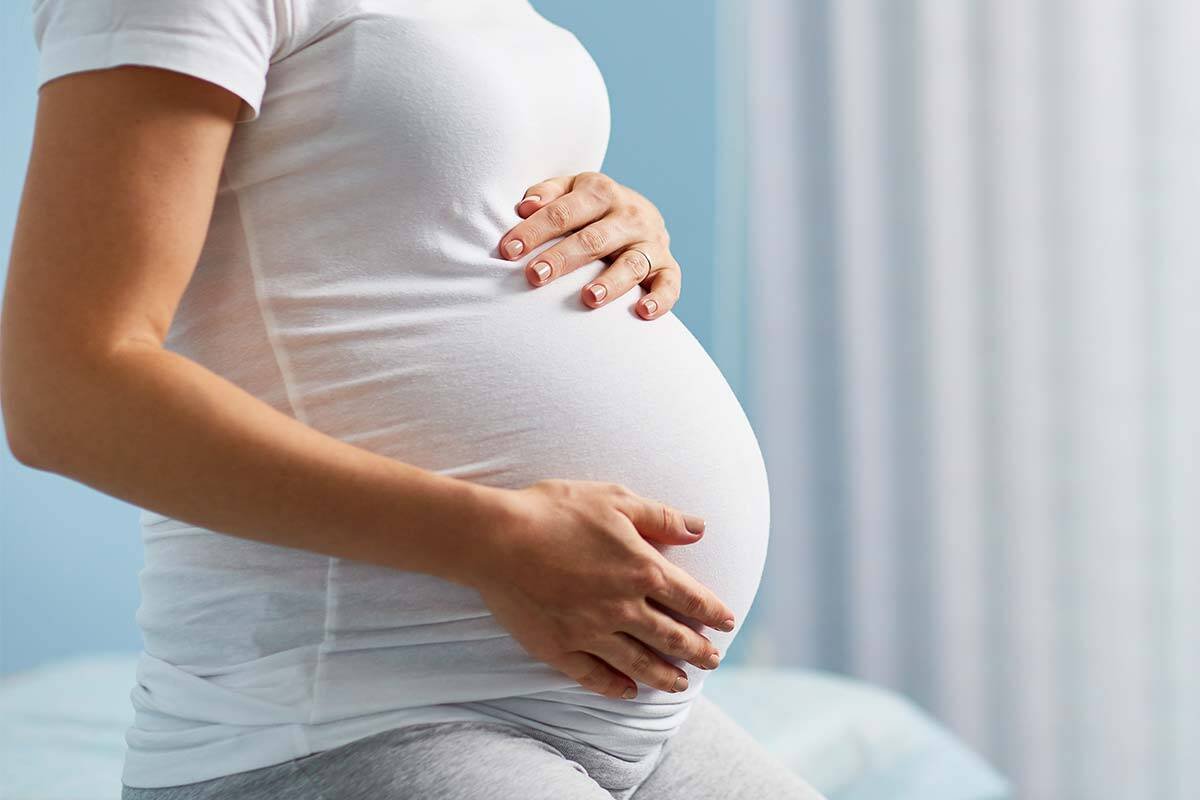How to get pregnant

Getting pregnant involves a combination of timing, health considerations, and lifestyle factors. Here are a few preferred suggestions that can help.
- Understand Your Menstrual Cycle:
Track your menstrual cycle to identify when you’re ovulating. Ovulation generally takes place across the center of your cycle.
Engage in regular sexual intercourse during your fertile window, which is the time leading up to and including ovulation. Sperm can live in the female reproductive tract for several days, so having intercourse in the days leading up to ovulation increases the chances of conception.
- Maintain a healthy lifestyle:
Eat a balanced and nutritious diet.
Exercise regularly, but avoid excessive strenuous exercise, which may affect fertility.
Maintain a healthy weight, as being underweight or overweight can impact fertility.
- Avoid harmful substances:
Quit smoking, as it can reduce fertility in both men and women.
Limit alcohol intake, as excessive alcohol consumption may affect fertility.
Avoid illegal drugs, as they can negatively impact fertility.
- Manage Stress:
High-stress levels may interfere with conception. Practice stress-re
How does pregnancy start?
Pregnancy begins when a sperm cell fertilizes an egg, resulting in the formation of a single cell known as a zygote. This process typically occurs in the fallopian tubes, and the fertilized egg then travels down into the uterus, where it implants into the lining. Let’s break down the process:
- Ovulation:
Ovulation is the release of an egg (ovum) from one of the ovaries. This typically occurs approximately halfway through a woman’s menstrual cycle, around day 14 in a 28-day cycle.
- Fertilization:
If sexual intercourse takes place around the time of ovulation, sperm may enter the fallopian tube and fertilize the egg. Fertilization usually occurs within 24 hours after ovulation.
- Zygote Formation:
Once a sperm penetrates the egg, the resulting cell is called a zygote. The zygote contains a unique combination of genetic material from both the mother and father.
- Cell Division:
The zygote undergoes rapid cell division as it travels down the fallopian tube toward the uterus. This forms a blastocyst, a ball of cells.
- Implantation:
The blastocyst then attaches itself to the lining of the uterus in a process called implantation. Implantation typically occurs about 6–10 days after fertilization.
- Formation of the Embryo and Placenta:
After implantation, the cells continue to divide and differentiate. The inner cells become the embryo, while the outer cells develop into the placenta and other supporting structures.
- Hormonal Changes:
The body starts producing hormones like human chorionic gonadotropin (hCG), which is the hormone detected by pregnancy tests. This hormone supports the corpus luteum in the ovary, which, in turn, supports early pregnancy until the placenta takes over.
From this point on, the pregnancy progresses through various stages, including embryonic development, fetal growth, and ultimately, childbirth. It’s important to note that
The best time to have sex to get pregnant
The best time to have sex to maximize the chances of getting pregnant is during the woman’s fertile window. The fertile window is the period when a woman is most likely to conceive. It includes the days leading up to and including ovulation, which is when the egg is released from the ovary and is available for fertilization.
Here are some general guidelines to help you identify the fertile window:
- Menstrual Cycle Tracking:
Track your menstrual cycle to estimate when you are ovulating. Ovulation usually occurs about 14 days before the start of your next menstrual period, but it can vary.
- Ovulation Predictor Kits:
Ovulation predictor kits are available over-the-counter and can help you predict when you are about to ovulate by detecting the surge in luteinizing hormone (LH) that occurs just before ovulation.
- Cervical Mucus Changes:
Pay attention to changes in cervical mucus. As you approach ovulation, cervical mucus becomes clear, slippery, and more stretchy, resembling egg whites.
- Basal Body Temperature (BBT) Charting:
Charting your basal body temperature can help you identify the slight temperature rise that occurs after ovulation.
- Regular Intercourse:
Have regular sexual intercourse throughout the menstrual cycle, but increase frequency during the fertile window. Sperm can live in the female reproductive tract for several days, so having intercourse in the days leading up to ovulation can increase the chances of conception
The best position to have sex in to get pregnant
While there is no definitive scientific evidence proving that certain sexual positions increase the chances of conception, some experts suggest that positions that allow for deeper penetration may deposit sperm closer to the cervix. This is based on the idea that placing sperm closer to the cervix may facilitate their journey through the cervix and into the uterus. However, it’s important to note that the influence of sexual positions on conception is a topic of debate, and various factors contribute to a successful pregnancy.
If you’re trying to conceive, you might consider positions that allow for deep penetration, such as:
- Missionary Position:
This position involves the woman lying on her back with the man on top. This position allows for deep penetration and places the sperm near the cervix.
- Doggy Style:
This position involves the woman being on her hands and knees, with the man entering from behind. It also allows for deep penetration.
Remember that while sexual positions might play a role, the timing of intercourse about the woman’s ovulation cycle is likely more critical for conception. Regular sexual activity throughout the menstrual cycle, particularly during the fertile window, can increase the likelihood of getting pregnant.
If you’re facing challenges in conceiving, it’s advisable to consult with a healthcare professional or a fertility specialist for personalized advice based on your specific situation. They can guide timing, lifestyle factors, and any potential fertility issues you may need to address.
Internal link: healthnear.com
Internal link: emitsnews










